-
 bitcoin
bitcoin $118548.520763 USD
3.67% -
 ethereum
ethereum $4352.564943 USD
4.79% -
 xrp
xrp $2.964058 USD
4.22% -
 tether
tether $1.000565 USD
0.05% -
 bnb
bnb $1028.372955 USD
1.46% -
 solana
solana $221.373507 USD
6.00% -
 usd-coin
usd-coin $0.999933 USD
0.02% -
 dogecoin
dogecoin $0.248633 USD
6.85% -
 tron
tron $0.341444 USD
2.38% -
 cardano
cardano $0.852946 USD
5.82% -
 hyperliquid
hyperliquid $47.869306 USD
6.15% -
 chainlink
chainlink $22.561476 USD
6.01% -
 ethena-usde
ethena-usde $1.001258 USD
0.05% -
 avalanche
avalanche $30.660000 USD
2.06% -
 stellar
stellar $0.400917 USD
9.76%
How do NFTs create royalties?
NFT royalties ensure artists earn from resales via smart contracts, but enforcement depends on marketplace compliance and evolving standards like EIP-2981.
Sep 21, 2025 at 05:19 pm
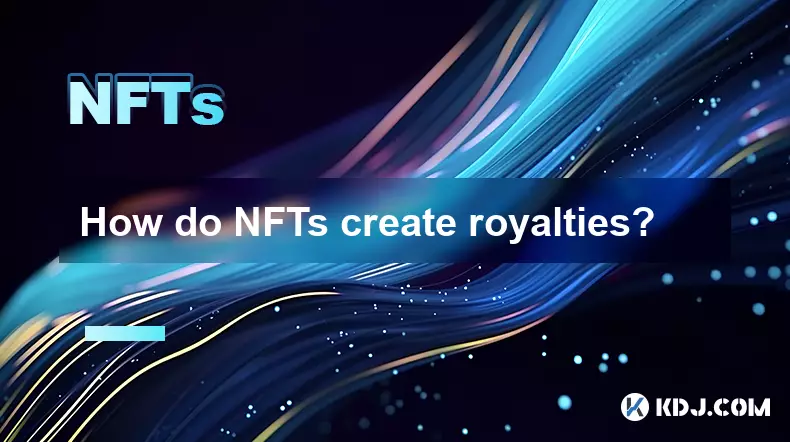
Understanding NFT Royalties in the Digital Art Economy
1. Non-fungible tokens (NFTs) have revolutionized digital ownership by enabling creators to tokenize their work on blockchain networks. When an artist mints an NFT, they embed metadata that includes information about the artwork, ownership history, and smart contract rules. One of these rules can be a royalty mechanism, which ensures the original creator receives a percentage of future sales whenever the NFT changes hands.
2. Royalties are enforced through smart contracts deployed on blockchains like Ethereum, Solana, or Polygon. These self-executing contracts automatically trigger payments to the creator’s wallet upon resale. For example, if an artist sets a 10% royalty during minting, every subsequent sale on a compatible marketplace will send 10% of the transaction value back to the artist without requiring manual intervention.
3. The implementation of royalties depends heavily on marketplace compliance. While the smart contract defines the royalty rate, not all platforms honor it. Some secondary marketplaces choose to disable royalty payments to attract traders with lower fees, creating inconsistencies across the ecosystem. This has led to debates about enforceability and fairness in the NFT space.
4. Certain protocols like EIP-2981 for Ethereum aim to standardize royalty enforcement at the protocol level, making it harder for marketplaces to bypass them. However, adoption remains fragmented. As a result, creators must carefully select platforms that respect royalty agreements to ensure consistent income from resales.
5. Unlike traditional art markets where artists rarely benefit from secondary sales, NFTs provide a transparent and automated way to sustain creative livelihoods. Artists no longer need intermediaries to collect royalties; the blockchain handles distribution based on predefined terms encoded into the asset itself.
Smart Contract Mechanics Behind NFT Royalties
1. At the core of NFT royalties lies the smart contract, a programmable agreement stored on the blockchain. During the minting process, developers include functions that specify royalty percentages and recipient addresses. These parameters become immutable once deployed, ensuring long-term adherence to the initial terms.
2. When a resale occurs, the marketplace interacts with the NFT’s smart contract to verify ownership transfer. If the contract supports royalties, it calls a function—such as royaltyInfo() defined in EIP-2981—to retrieve the correct payout details. This function returns the amount due and the beneficiary address.
3. Marketplaces built on compliant infrastructure automatically deduct the royalty from the seller’s proceeds and route it to the designated wallet. This entire process happens within seconds, visible to all participants via on-chain transaction records, promoting transparency and trust.
4. Developers can customize royalty logic beyond fixed percentages. Tiered models, time-based reductions, or multi-party splits are possible through advanced coding. For instance, a music NFT might allocate 7% to the composer, 2% to the lyricist, and 1% to the producer per resale.
5. Despite technical capabilities, execution relies on cooperative ecosystems. A smart contract may define a 15% royalty, but if a marketplace ignores the instruction, the payment won’t occur unless legal or community pressure enforces compliance.
The Role of Marketplaces in Enforcing Royalties
1. Leading NFT platforms such as OpenSea, Magic Eden, and Blur play a decisive role in whether royalties are paid. OpenSea historically honored creator-set royalties, reinforcing creator-centric values. However, competition drove some platforms to offer zero-royalty listings to gain market share, undermining standardized compensation.
2. Blur, a rapidly growing marketplace focused on high-frequency trading, introduced incentives for users to trade NFTs listed with 0% royalties. This shift pressured creators to lower or eliminate royalties to maintain liquidity, sparking backlash from artists dependent on secondary income.
3. In response, new platforms like Sound.xyz and Catalog emphasize fair pay and only support royalty-enforcing contracts. These niche markets cater specifically to musicians and independent creators who prioritize sustainable revenue over volume-driven speculation.
4. Community-driven initiatives have emerged to blacklist non-compliant marketplaces or promote “royalty-aware” trading. Projects may refuse to partner with platforms that disregard creator earnings, using social influence to uphold ethical standards.
5. Legal discussions are also underway regarding whether bypassing royalties violates intellectual property rights or licensing agreements tied to NFTs. Although no major rulings exist yet, the outcome could shape how strictly royalties are enforced across decentralized networks.
Frequently Asked Questions
How is the royalty amount calculated for an NFT?The royalty is typically a percentage of the final sale price. For example, a 10% royalty on a $1,000 sale generates $100 for the original creator. The exact calculation method is defined in the NFT’s smart contract and executed during settlement.
Can NFT creators change the royalty rate after minting?No, royalty rates set during deployment are generally immutable. Altering them would require upgrading the smart contract, which is only possible if the contract was designed with upgradeability features—a rare and often discouraged practice due to security risks.
Do all blockchains support NFT royalties equally?Support varies significantly. Ethereum has strong tooling and standards like EIP-2981, while Solana relies more on individual marketplace policies. Networks like Tezos and Flow were built with native royalty enforcement, offering more reliable payouts compared to others.
What happens to royalties if an NFT is sold off-chain?Off-chain transactions, such as private sales via bank transfers, do not trigger smart contract functions. In these cases, royalty payments are not automatically enforced, placing responsibility on the buyer and seller to honor the original terms voluntarily.
Disclaimer:info@kdj.com
The information provided is not trading advice. kdj.com does not assume any responsibility for any investments made based on the information provided in this article. Cryptocurrencies are highly volatile and it is highly recommended that you invest with caution after thorough research!
If you believe that the content used on this website infringes your copyright, please contact us immediately (info@kdj.com) and we will delete it promptly.
- BlockDAG, DOGE, HYPE Sponsorship: Crypto Trends Shaping 2025
- 2025-10-01 00:25:13
- Deutsche Börse and Circle: A StableCoin Adoption Powerhouse in Europe
- 2025-10-01 00:25:13
- BlockDAG's Presale Buzz: Is It the Crypto to Watch in October 2025?
- 2025-10-01 00:30:13
- Bitcoin, Crypto, and IQ: When Genius Meets Digital Gold?
- 2025-10-01 00:30:13
- Stablecoins, American Innovation, and Wallet Tokens: The Next Frontier
- 2025-10-01 00:35:12
- NBU, Coins, and Crypto in Ukraine: A New Yorker's Take
- 2025-10-01 00:45:14
Related knowledge
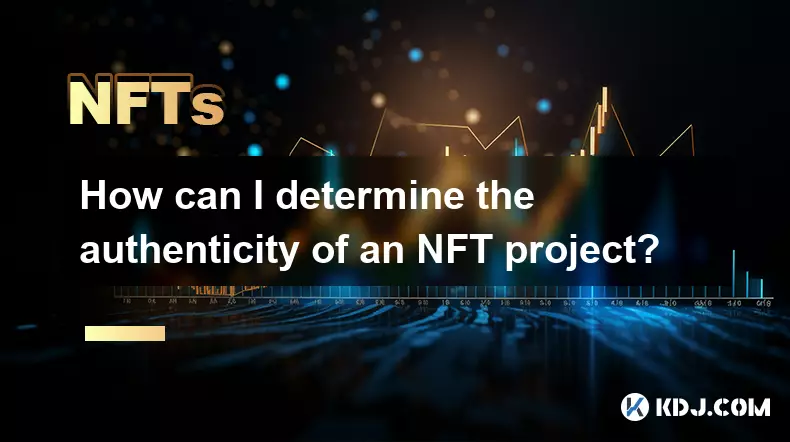
How can I determine the authenticity of an NFT project?
Sep 23,2025 at 05:18pm
Understanding the Project Team and Their Background1. Research the identities of the team members behind the NFT project. Verified social media profil...
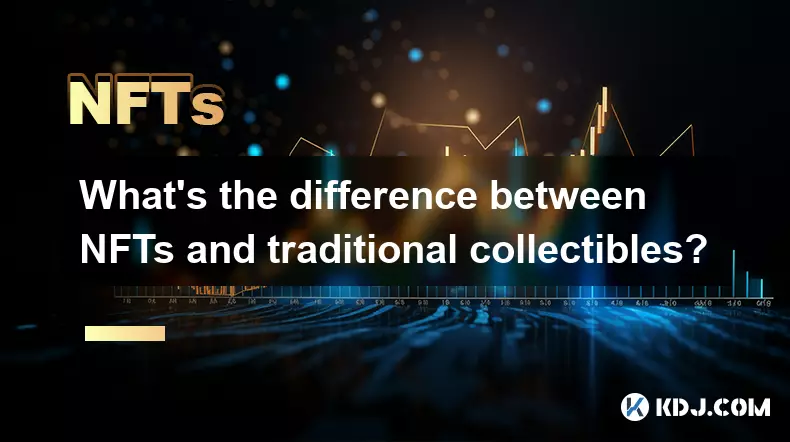
What's the difference between NFTs and traditional collectibles?
Sep 19,2025 at 12:55pm
Digital Ownership and Provenance1. NFTs are built on blockchain technology, which ensures transparent and immutable records of ownership. Every transa...
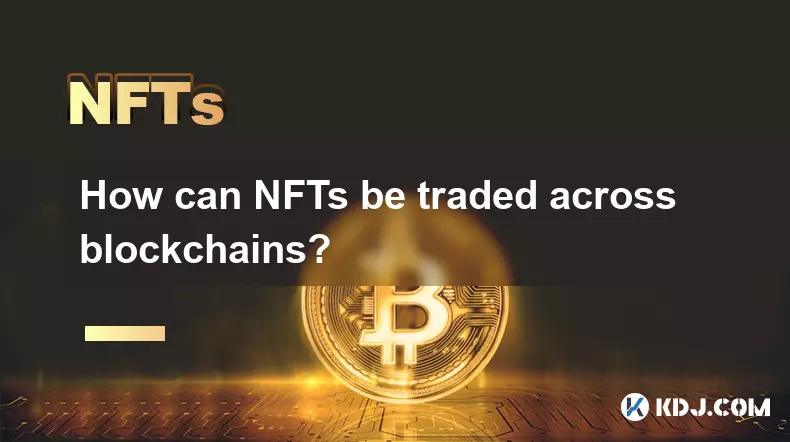
How can NFTs be traded across blockchains?
Sep 19,2025 at 12:00pm
Understanding Cross-Chain NFT Trading1. Non-fungible tokens (NFTs) are digital assets that represent ownership of unique items on a blockchain. Origin...
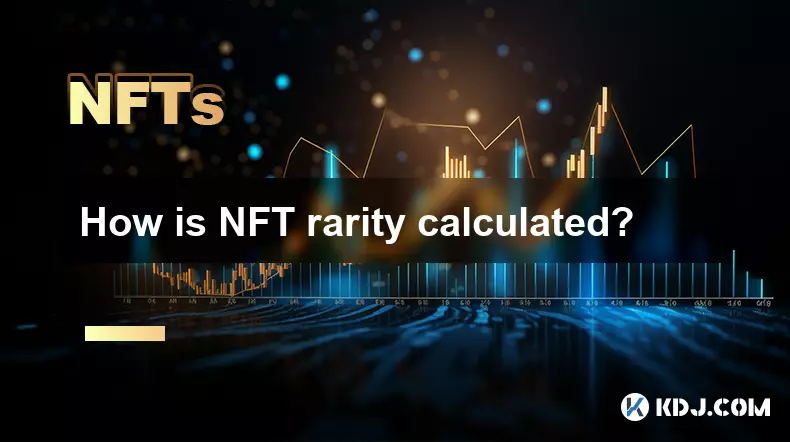
How is NFT rarity calculated?
Sep 18,2025 at 07:54pm
Understanding NFT Rarity Metrics1. NFT rarity is determined by analyzing the uniqueness of individual traits within a collection. Each NFT typically c...
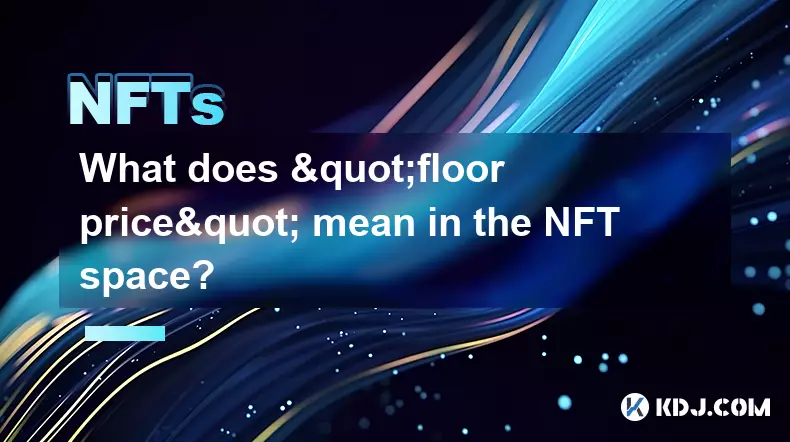
What does "floor price" mean in the NFT space?
Sep 22,2025 at 06:36am
Floor Price: A Core Metric in the NFT Marketplace1. The term floor price refers to the lowest current asking price for any item within a specific NFT ...

How do NFTs help content creators?
Sep 18,2025 at 08:00am
NFTs Empower Creators with Ownership and Monetization1. NFTs provide content creators with verifiable ownership of their digital works, ensuring authe...

How can I determine the authenticity of an NFT project?
Sep 23,2025 at 05:18pm
Understanding the Project Team and Their Background1. Research the identities of the team members behind the NFT project. Verified social media profil...

What's the difference between NFTs and traditional collectibles?
Sep 19,2025 at 12:55pm
Digital Ownership and Provenance1. NFTs are built on blockchain technology, which ensures transparent and immutable records of ownership. Every transa...

How can NFTs be traded across blockchains?
Sep 19,2025 at 12:00pm
Understanding Cross-Chain NFT Trading1. Non-fungible tokens (NFTs) are digital assets that represent ownership of unique items on a blockchain. Origin...

How is NFT rarity calculated?
Sep 18,2025 at 07:54pm
Understanding NFT Rarity Metrics1. NFT rarity is determined by analyzing the uniqueness of individual traits within a collection. Each NFT typically c...

What does "floor price" mean in the NFT space?
Sep 22,2025 at 06:36am
Floor Price: A Core Metric in the NFT Marketplace1. The term floor price refers to the lowest current asking price for any item within a specific NFT ...

How do NFTs help content creators?
Sep 18,2025 at 08:00am
NFTs Empower Creators with Ownership and Monetization1. NFTs provide content creators with verifiable ownership of their digital works, ensuring authe...
See all articles










































































